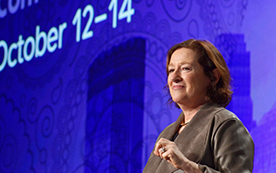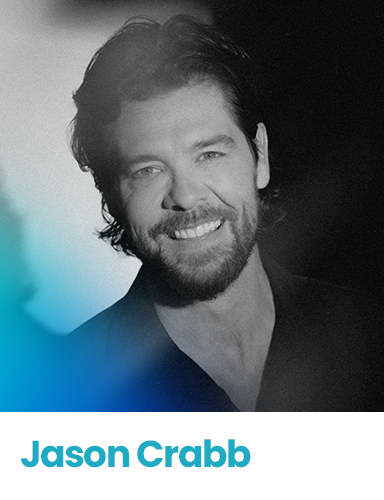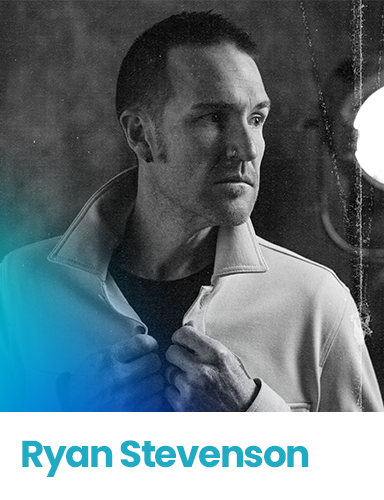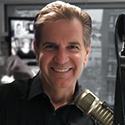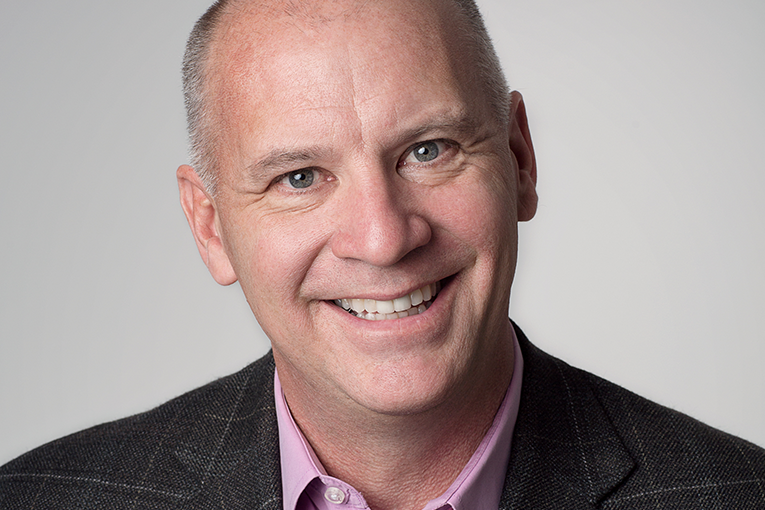
The Danger of Too Many Open Breaks
Recently, I wrote about a One Hour Radio Show concept to improve the listener experience. Several readers and even a couple of clients were surprised by my enthusiasm for reducing the amount of original content a morning show produces each day. One personality claimed that his show needs more open breaks because, “We have too much good stuff and not enough time to use it.” I won’t name names, but I listened to the show, and “good stuff” turned out to be a very subjective opinion. Regardless, there is an old saying: “Be careful what you wish for” that applies to open breaks vs. segments with planned features.
Open breaks are segments with nothing prescheduled, leaving it “open” to create original content. On the other hand, a segment that includes a pre-defined, scheduled element is a “closed” break. New content is created for a feature, game, information element, contest, or other element as a content container.
Don’t be offended. This has nothing to do with your ability to generate amazing entertainment and everything to do with the ability to invest time to create consistently amazing segments in open breaks. Some personalities take it personally and think open breaks allow more time to demonstrate personality than shows with scheduled features. That is, of course, incorrect. I mean, James Corden didn’t treat Carpool Karaoke like an annoyance.
Evolving The Show Over Time
When a show is relatively new, inexperienced, or unfamiliar to an audience, it’s common to impose stricter limits on the length of talk breaks. This is good programming, especially for shows in Stage 1 or 2 of the Personality Success Path. This is also the best time to develop at least one primary feature that attracts attention and allows the audience to get to know the personalities in a consistent, defined, promotable structure.
As the show matures and the relationship with the audience (hopefully) grows, listeners should become attracted because of the personalities. That’s a normal evolution in the development process (Stages 4 and 5 of the Personality Success Path) of a winning show.
As this happens, programmers and talent often assume that more open breaks are a good idea. After all, open breaks are what the “big boys” do and the show is working, so let’s “turn them loose.” This may be a good idea, but it is risky.
The Risk of Open Breaks
Open talk breaks are riskier than features that showcase personality. Features provide context and familiarity, which is a primary ingredient of creating brain-craving content that leads to success. Best of all, features attract new listeners. Even dominant, well-established personalities attract less than 50% of a station’s cume to their show. Every show should constantly seek to recruit new listeners.
The key is balance. Overloading a show with too many features is paralyzing. That would be like a diet consisting of only Deep-Dish Sausage Pizza. That doesn’t sound like a bad idea, but it’s probably not healthy. Delicious, yes. Healthy? No. Sadly.
Adding open breaks means creating more original content, which is not a bad thing because there are plenty of things to talk about. But creating “A” material is hard. What percentage of a show is really, truly great? 20%? 25%? Maybe.
Assume a show has four personality-oriented breaks in an hour. Two of those are anchored with a strong feature. Replacing one feature performed each hour with organic content results in an extra break that almost always will be weaker than the feature it would replace.
Think about it:
If there are 8 open breaks per show (two per hour x four hours), adding one new open break per hour (4 in all) increases original content by 50%. That is a lot of new material.
Wouldn’t it be better to increase the “A” features and program fewer open breaks?
Also, consider this: What happens when open breaks are added? Does preparation time increase by 50%? Probably not. The same amount of time spent preparing is now spread over more open breaks causing the quality of each segment is compromised.
This is seeming like anther good reason for the One Hour Radio Show.
Finding A Balance
Here’s how to find the sweet spot:
Analyze: Identify the strongest daily, appointment feature that is anchor for the show. Is it perfect? If not, try to improve it. Then schedule it a lot. Like every hour.
Add: If a primary feature is well established, develop a second one. Perfect it. Then program it more often.
Prune: If there are weak or merely average regular features, get rid them.
Increase Frequency: Program key features at least twice per day and promote them aggressively.
Information Features: Add information features, if any. If you are doing it, program one every hour. Seriously.
Add Open Breaks: Count the remaining breaks. Most shows have four breaks per hour. In a four-hour show, that’s 16 segments.
Balance The Clocks: Now spread the defined segments and open breaks equally so the show is consistent and balanced.
Conclusion
There’s nothing wrong with open breaks. Personal stories and organic content are how listeners will fall in love with radio personalities. But be careful what you wish for. Too many open breaks can ruin a show by compromising quality for quantity.
Use every break as an opportunity to shine, whether designated an open break or not.

